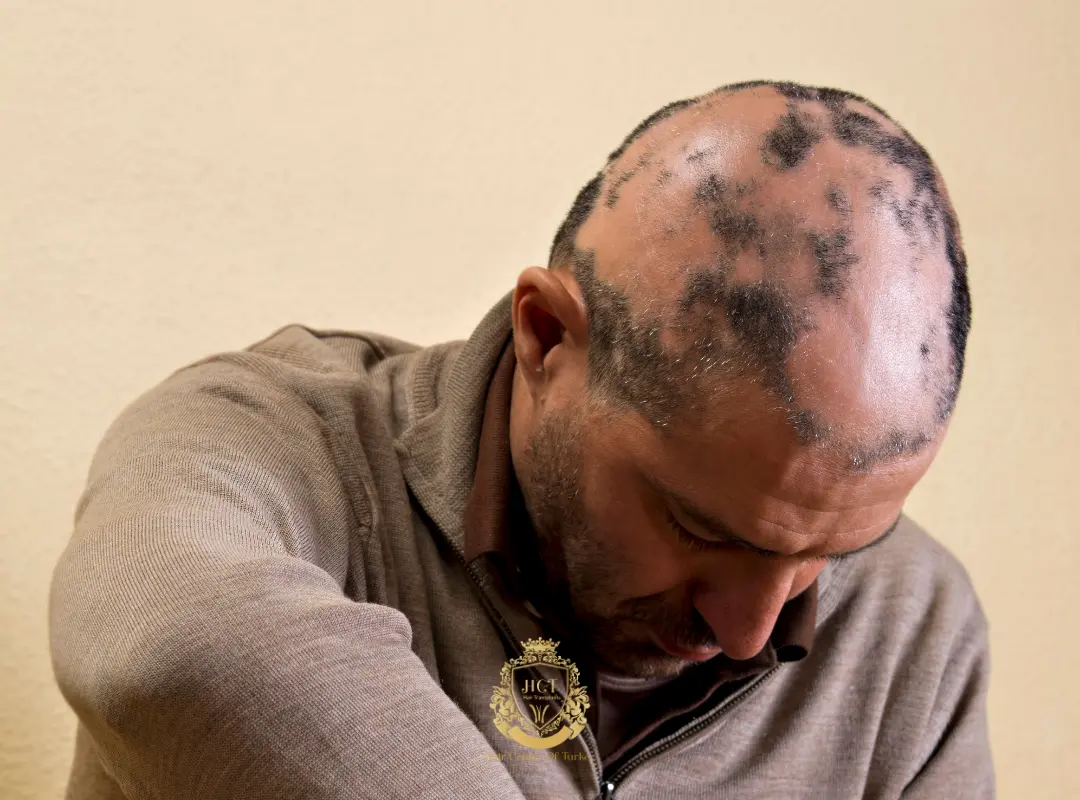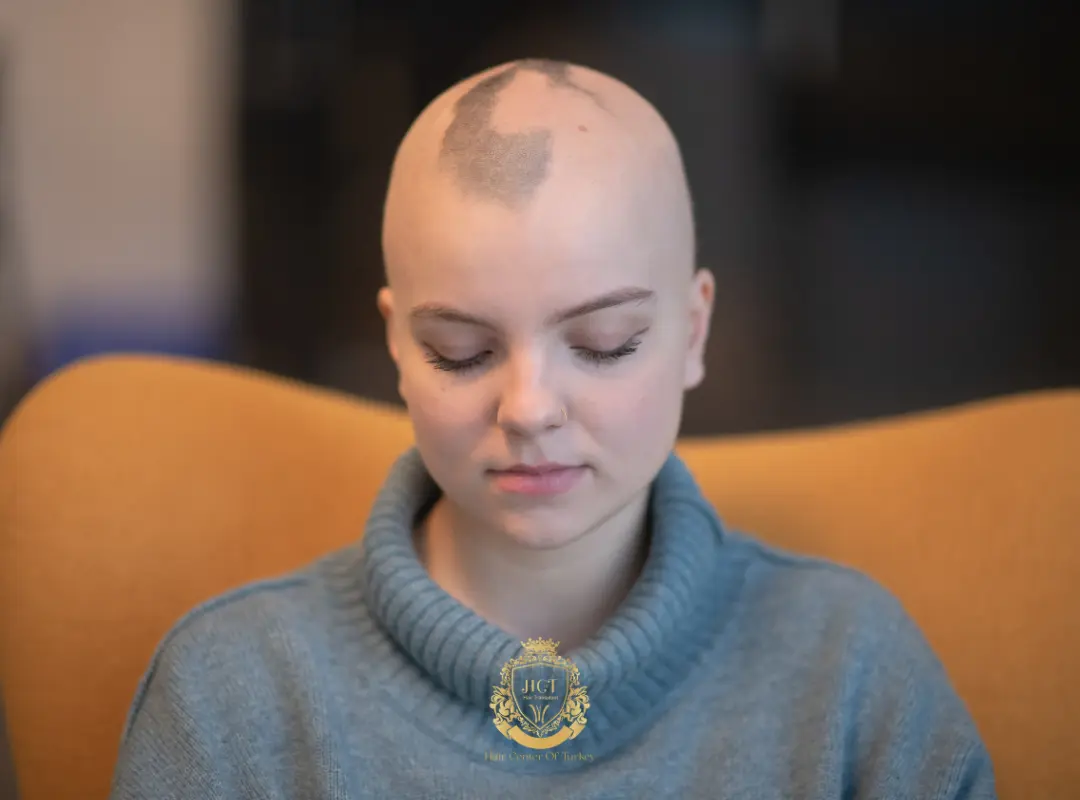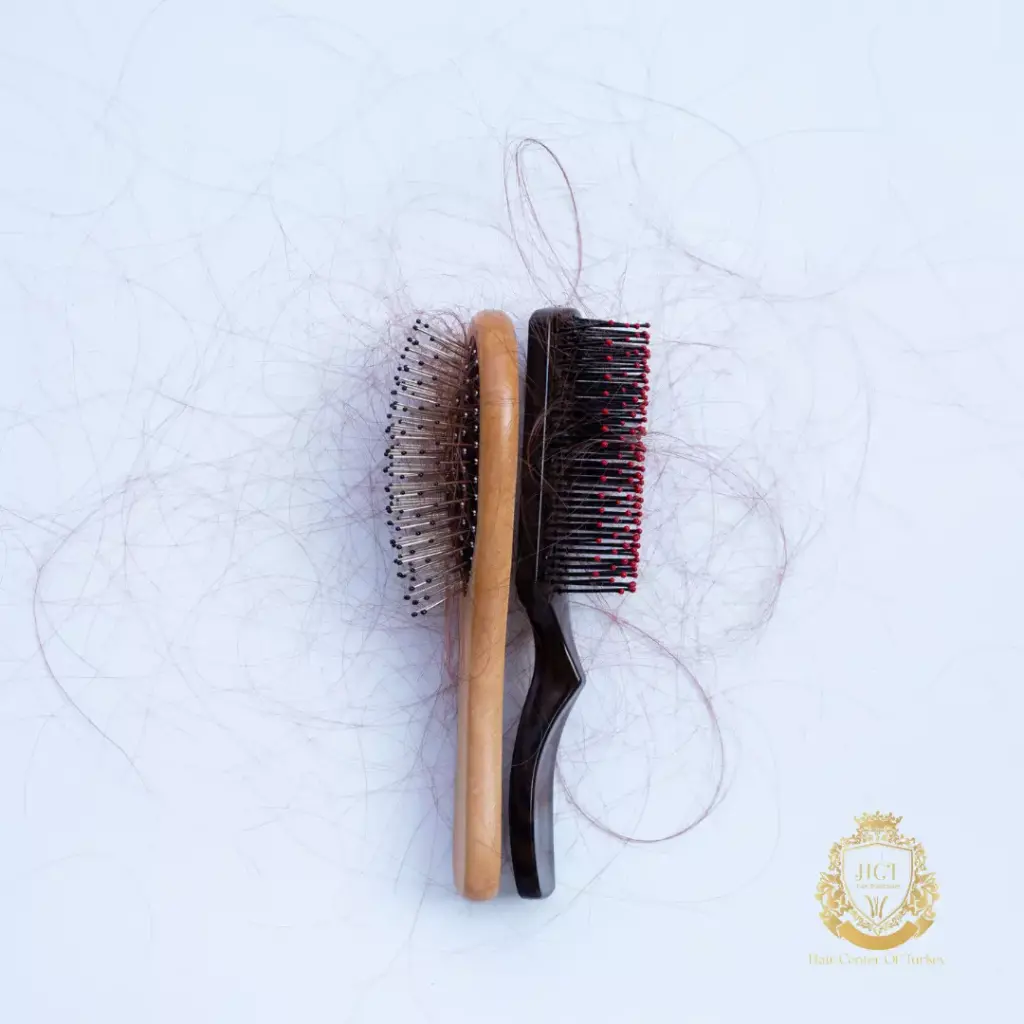Home » Androgenetic Alopecia / Male Pattern Hair Loss
Androgenetic Alopecia / Male Pattern Hair Loss
Treatment Methods
Hair loss due to various reasons is a dermatological problem that causes psychological discomfort in every individual, regardless of gender, both men and women. Hair is one of the most important elements that physically stands out in body integrity. Our hair is not only physically important but also a mirror of our current health status. Hair loss is sometimes caused by vitamin and mineral deficiency, drug use or skin diseases. In this sense, having strong, moisturized, lush and shiny hair means that we are actually healthy individuals. However, some hair loss is based on a reason independent of all these. These are genetic factors. Hair loss caused by genetic factors affects 95% of men and 30% of women worldwide. The medical name for genetic hair loss is androgenetic alopecia.
What is Androgenetic Alopecia?
Androgenetic alopecia is a type of hair loss that is most common in men, 30% in women around the age of 30 and 40% in women around the age of 60-65. This type of hair loss is genetically based. Depending on whether the person’s parents or close relatives have a history of androgenetic alopecia, androgenetic alopecia is inevitable with genetic predisposition. For many years, experts have conducted research on whether this genetics is passed from the mother or father in the family, and although there are opinions that it is passed from the uncle, there is still no clear information.

Androgenetic Alopecia in Men
Approximately 95% of Caucasian men worldwide are most affected by this type of hair loss. While it is 5 times less common in black men than in Caucasian men, it is a very rare type of baldness in Far Eastern and Eskimo men. It usually affects genetically predisposed men between the ages of 30-40. However, it is a type of hair loss that can start during puberty and is also seen in men in their 20s.
Causes of Androgenetic Alopecia in Men
The causes of androgenetic alopecia in men are attributed to age, race and genetic factors. The development and growth of hair follicles is linked to androgen levels. Male pattern hair loss is caused by DHT, an androgenic steroid. DHT has an important role in the formation of the male organ in the womb and in the change of voice and body structure during puberty. In genetically predisposed people, DHT affects the hair follicle, lightens its color over time and causes it to weaken and fall out. This situation is not the same for everyone. Men who are sensitive to DHT start to lose their hair in their 20s and 30s and by their 50s, the affected areas are bald. In this type of hair loss, the hairline in the front begins to recede and thinning of the hair in the crown area is noticeable.
Symptoms of Androgenetic Alopecia in Men
In androgenetic alopecia, hair loss does not occur intensively or in handfuls. This type of hair loss spreads over time. According to research on the subject, the average annual hair loss is 6%. As the anagen phase, which is the source of hair growth, decreases over time, hair follicles shrink and weaken and consequently fall out. The most prominent symptom of androgenetic alopecia, i.e. male pattern hair loss, is the receding hairline. The front hairline recedes from both sides and becomes thinner. The diffuse hair on the vertex begins to thin and a gap forms on the scalp in the vertex area. It is possible to observe variability in the genetic hair loss graph. A 3-month period of severe hair loss may be followed by a 4-month period of calm. Men who experience hair loss due to androgenetic alopecia sometimes become completely bald after a period of 5 or 15 years.

Androgenetic Alopecia in Women
Although hair loss caused by androgenetic alopecia is mostly experienced by men, it is also a condition that affects women. Genetic hair loss in women is seen in 15% of women before menopause. In the following period, 40% of women are affected. Accordingly, androgenetic alopecia is a type of hair loss that is generally age-related in women.
Causes of Androgenetic Alopecia in Women
Genetic hair loss caused by androgenetic alopecia is a condition that women experience as they age. Family history and androgens have an effect on genetic hair loss in women. However, since it is not as much as in men, it has been found more accurate by experts to be called “female pattern hair loss”. In the researches conducted, it has been decided that hair loss in women is not related to androgen excess. The reason for this is the sensitivity of women’s hair follicles to even normal levels of androgen without the need for a very high level.
Symptoms of Androgenetic Alopecia in Women
Hair loss due to androgenetic alopecia in women does not occur as intensely as in men, but spreads over time. Thick hair pigments become thinner over time and fall out. During this loss, the frontal hairline retains itself, while the forehead area opens up, although not very deeply. The most common hair loss occurs on the crown. It is unlikely for women to go completely bald.
Treatment Methods
All kinds of hormone blocking drug treatments, PRP, AGF 39, hair mesotherapy, organic methods to be applied for genetic hair loss are treatment methods that provide benefits only to protect the existing hair and slow down the loss. It is unlikely that the lost hair will come back. Hair transplant is the most permanent and effective treatment for hair loss caused by androgenetic alopecia. Hair transplant treatment can be applied to anyone over the age of 18 who meets the health conditions required for hair transplant, regardless of gender. The technology that has developed in recent years enables a more comfortable and painless treatment process in hair transplant treatment. In Turkey hair transplant clinics (FUE DHI), (FUT), and Sapphire FUE hair transplant methods are used. The hair transplant technique to be applied and the number of grafts to be transplanted are decided by hair transplant specialists under the supervision of a specialist doctor. While Follicular Unit Transfer (FUT) technique was preferred in the years when hair transplant was first applied, now (FUE DHI) method is preferred. The technology developed in recent years enables a more comfortable and painless treatment process in hair transplant treatment. In the FUE DHI technique, hair follicles are taken one by one from the donor area and placed in the sparse or bald area. This method gives the chance to transplant more grafts. Sapphire FUE method is a technique applied with a special and sharp-tipped pen made of sapphire. At Hair Center of Turkey Istanbul Hair Transplant Clinic, we have successfully operated on more than 8 thousand patients with hair loss due to various reasons, especially androgenetic alopecia, for 9 years. Hair Transplant Operation in Women You can learn everything you want to learn about Hair Transplant Operation in Men from our Hair Center of Turkey website
FAQ (Frequently Asked Questions)


